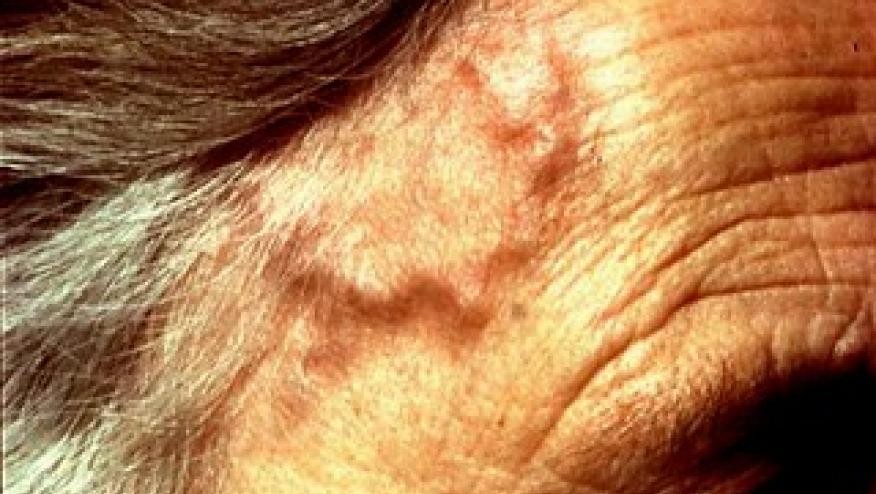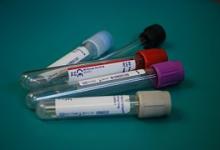Stopping therapy in GCA Save

They say the easiest bit about GCA, like PMR, is the first week after you start steroids. The feeling is a culmination of many good things: the patient can feel the weight of inflammation off their shoulders thanks to you, the fear of the imminent risk of blindness has passed, much of what needs to be done seems to have been done - and yet, none of the complicated path ahead, strewn with glucocorticoid toxicity and relapse (and the sometimes possibility of it) has become evident yet. It’s all the better if you have managed to start a steroid-sparing therapy like tocilizumab or upadacitinib, knowing that you might live with some added confdience.
You might know there are challenges ahead, but for a moment you can forget about the hard work of the future and bask in the glory of another diagnosis done well.
Those fond memories belie the challenge of ongoing treatment in GCA. In a steroid-only world, there is only misery. Patients accumulate steroid toxicity in front of our eyes, seemingly worse at each clinic appointment. Yet, if we taper too quickly, relapse is frequent inevitably more steroids are required to restore something close to normality.
Steroid-sparing therapies have changed this completely. While patients are taking tocilizumab or upadacitinib, we have fantastic cover. If we are brave enough, then we can taper steroids and break free of the cycle of suffering.
Tocilizumab and upadacitinib cost money though, and are not without their own issues. So can we stop these therapies after a year or two in GCA?
At ACR25 we saw the SELECT-GCA extension data presented in the first plenary session, looking at the second year after the 52 week original study, comparing upadacitinib versus placebo in GCA. In this second year, patients in remission on upadacitinib were re-randomized to continue upadacitinib or receive placebo.
In short, the results were possibly quite predictable. Patients continuing on upadacitinib had almost no flares, whereas over half of those who came off upadacitinib flared. At the end of the two years, those who had been re-randomized to upadacitinib continuation had their upadacitinib ceased, and many flared.
The next day, we saw the data from METOGiA, comparing tocilizumab to methotrexate for 52 weeks in GCA. What we saw was that the gains from tocilizumab in the first 52 weeks in terms of relapse-free survival were largely eroded after the steroid-sparing therapy was ceased.
We had hoped that there might be some ongoing legacy effect with either tocilizumab or upadacitinib, especially given that it is often considered to be a phasic disease, but unfortunately it seems that when we turn off the therapy, that the GCA finds a way to resurface. How long we need to treat GCA for remains a question rooted in hope rather than reality.
Abstract 0776: Efficacy and Safety of Upadacitinib in Giant Cell Arteritis: 2-Year Results From the Re-Randomized, Double-Blind SELECT-GCA Phase 3 Trial
Abstract 0891: MEthotrexate versus TOcilizumab for treatment of Giant cell Arteritis (METOGiA trial): a multicenter, randomized, controlled trial.










If you are a health practitioner, you may Login/Register to comment.
Due to the nature of these comment forums, only health practitioners are allowed to comment at this time.